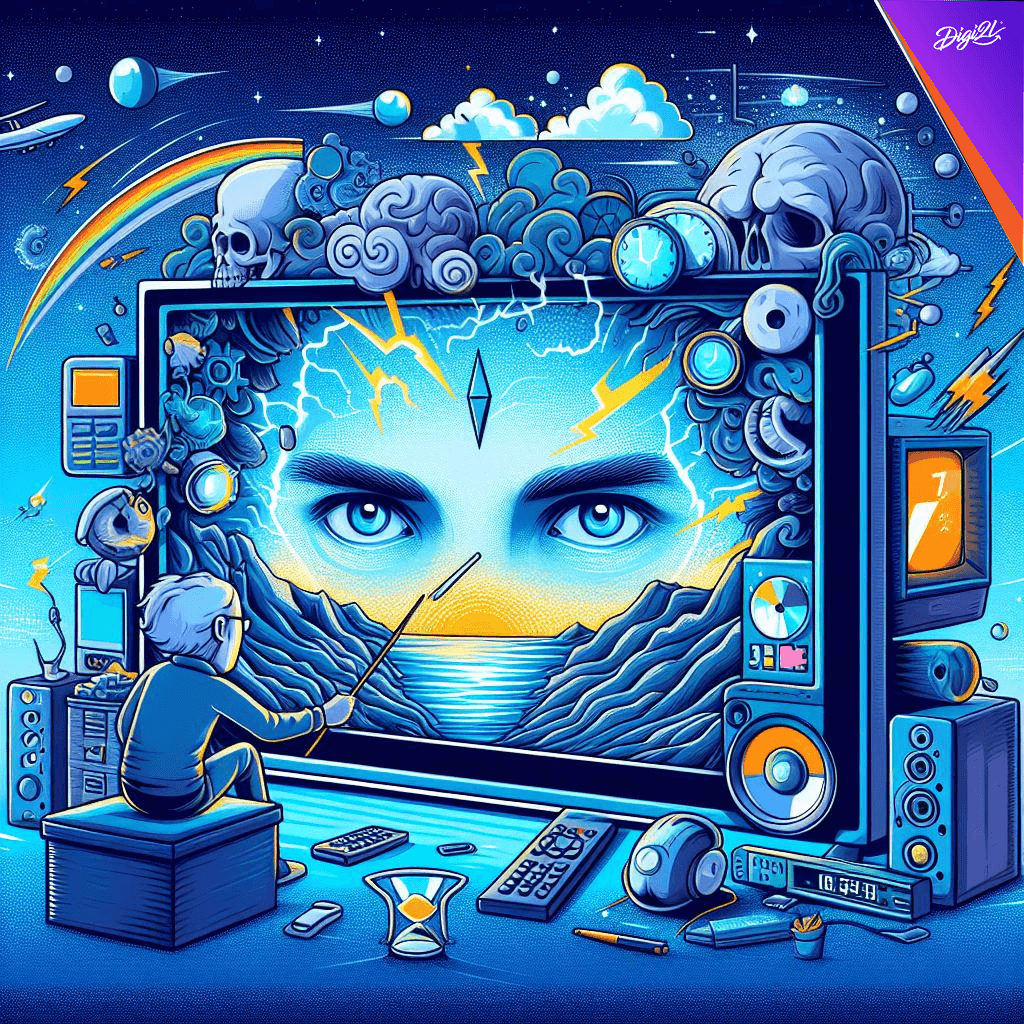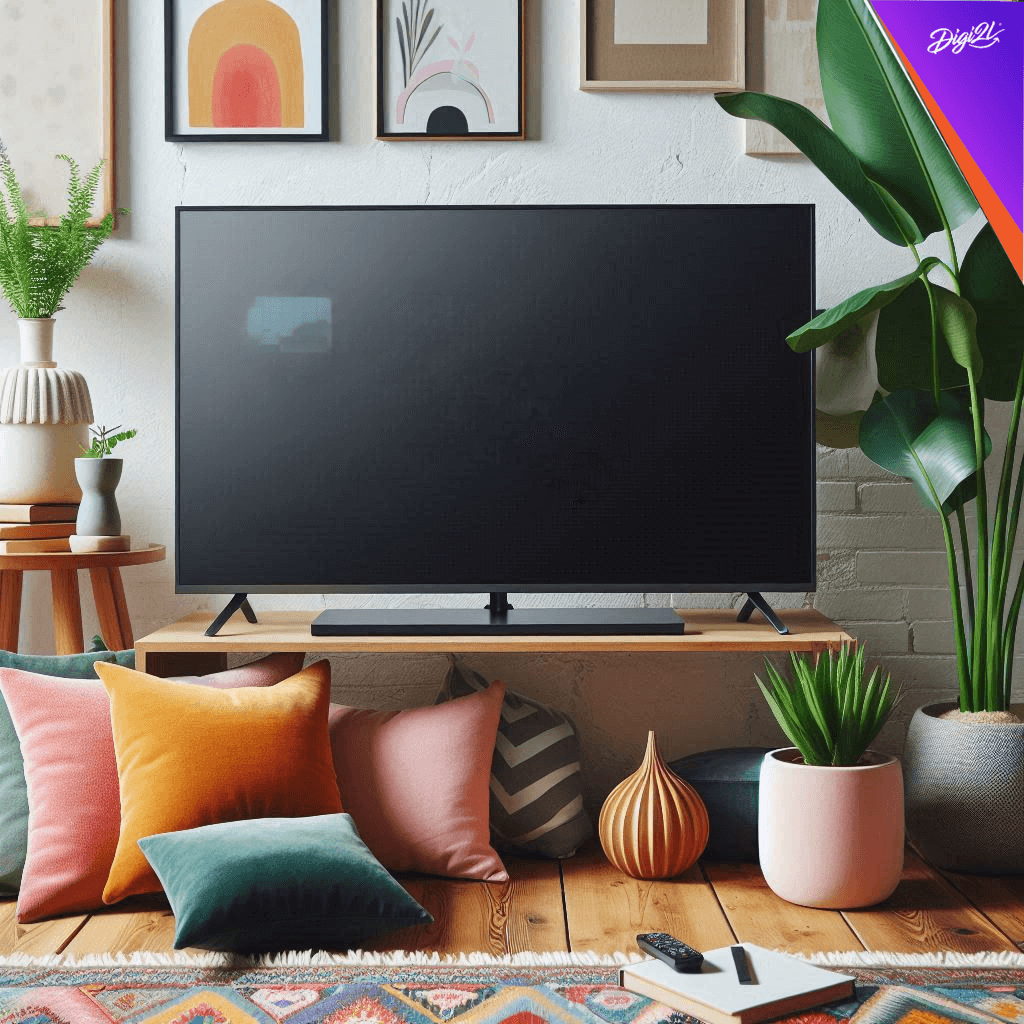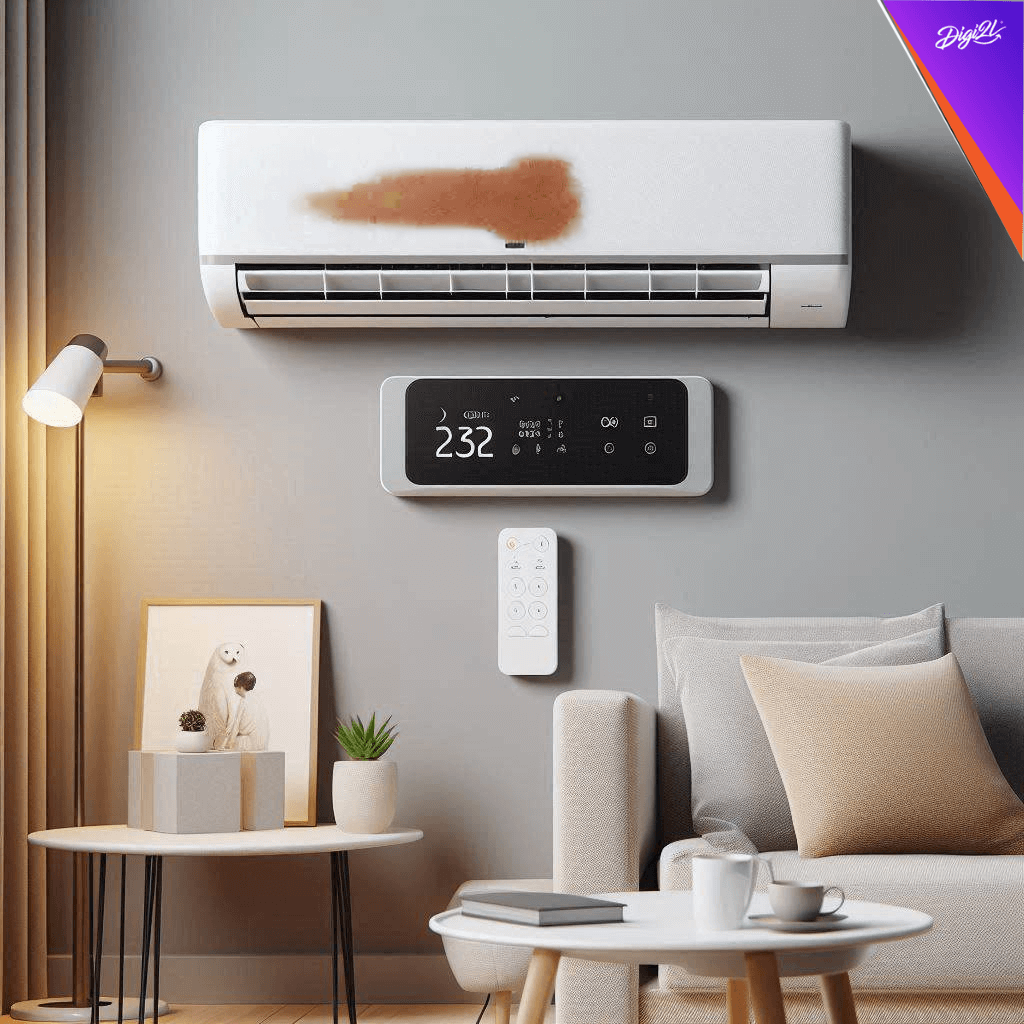
Please Wait ...


Blogs> Know and prolong the life spans of your LED and Smart tvs!!

The lifespan of LED and Smart TVs can vary depending on several factors such as usage patterns, quality of components, maintenance, and environmental conditions. However, as a general guideline:
It’s important to note that while LED and Smart TVs can last for many years, their lifespan may be affected by various factors such as:
Overall, with proper care and maintenance, LED and Smart TVs can provide many years of reliable performance before needing replacement.
How can you extend the life of LED and smart TVs?
To extend the life of LED and Smart TVs, you can follow these tips:
By following these tips, you can help extend the life of your LED and Smart TV, ensuring years of reliable performance and enjoyment.

By Digi2L - June 8, 2024

By Digi2L - June 7, 2024

By Digi2L - June 6, 2024